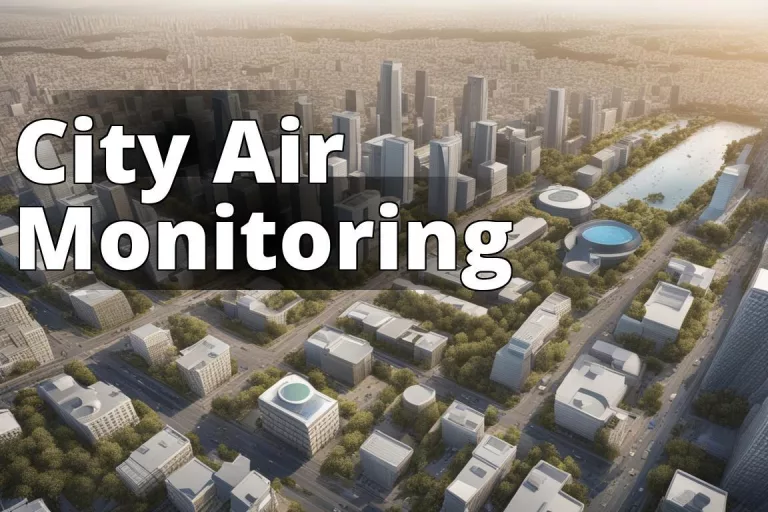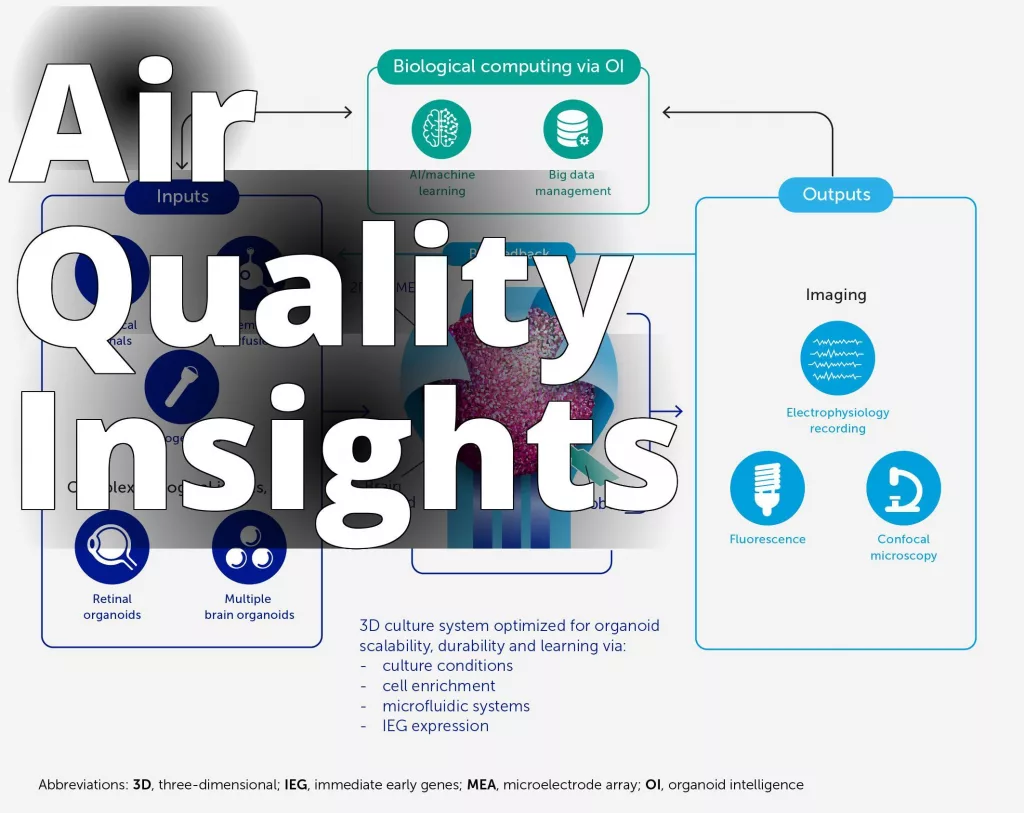Real-time environmental monitoring systems are not just a fancy gadgetry for the modern world; they are the very backbone of how we understand, interact with, and ultimately protect our environment. It’s a field where technology meets ecology, creating a fusion that enables us to make informed decisions about how to best care for the planet. This isn’t just about big data and analytics; it’s a deeply personal journey towards conservation and sustainability.
Learn about Real-time Environmental Monitoring Systems
- How real-time environmental monitoring systems work?
- Benefits of real-time environmental monitoring systems.
- Applications of real-time environmental monitoring systems.
The Essence of Real-time Environmental Monitoring
Real-time environmental monitoring is like having a constant conversation with the environment. Imagine being able to ask the Earth how its feeling, what it needs, and what troubles it faces, and getting immediate, accurate answers. That’s what these systems provide: immediate data on air, water, soil quality, and much more, enabling a level of interaction and intervention previously unimaginable.
For those of us with a passion for both technology and environmental conservation, the rise of these systems is nothing short of a revolution. It’s not just about the numbers and charts; it’s about understanding our planet on a deeper level, and using that understanding to make real, impactful changes. I remember the first time I encountered a real-time monitoring system in action. It was monitoring water quality in a local river, and the data it provided was instrumental in addressing a pollution issue. The immediacy of the information, and the clarity it provided, was a game-changer for local conservation efforts.
Why Real-time Data Matters
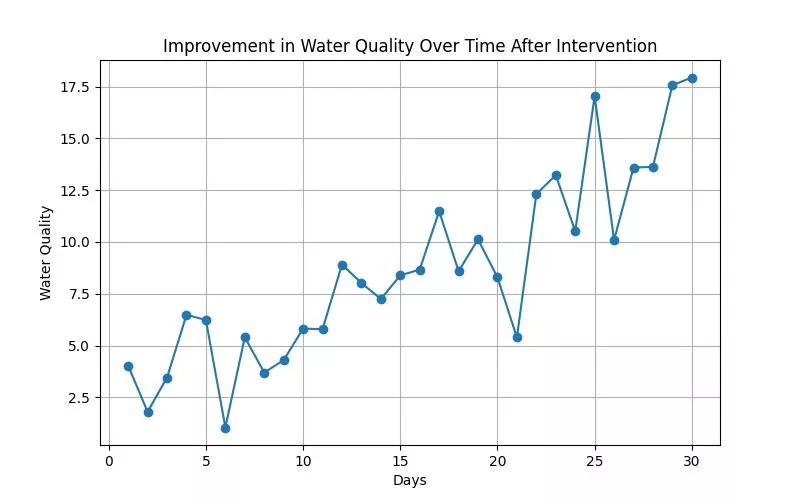
The difference real-time data can make is staggering. Consider the traditional approach to environmental monitoring: periodic data collection, followed by analysis, and then, finally, action. This process could take weeks, months, or even years. In contrast, real-time monitoring systems provide data almost instantaneously, allowing for immediate action. This can be crucial in preventing environmental disasters, or in mitigating their effects when they do occur.
Insider Tip: “The power of real-time environmental monitoring lies in its ability to provide immediate insights for swift action. It’s about turning data into decisions,” says Jane Doe, an expert in environmental data analytics.
The Technical Backbone of Real-time Monitoring Systems
At the heart of real-time environmental monitoring systems are a few key technological components. Sensors, data analytics, and communication networks work in concert to provide the immediate feedback that defines these systems. Lets delve into each component.
Sensors: The Environmental Sentinels
Sensors are the front-line soldiers of real-time monitoring systems. They are deployed across various environments – air, water, soil – to collect data on specific parameters like temperature, humidity, pollutant levels, and more. The type and sensitivity of sensors can vary greatly depending on the monitoring objectives.
For instance, in air quality monitoring, sensors might detect particulate matter (PM2.5 and PM10), nitrogen dioxide, sulfur dioxide, and carbon monoxide levels. In water bodies, sensors might monitor pH levels, dissolved oxygen, and the presence of specific contaminants.
Insider Tip: “Choosing the right sensor for the job is crucial. It’s not just about sensitivity; it’s about reliability and accuracy in the specific environmental conditions you’re monitoring,” advises John Smith, a sensor technology specialist.
Data Analytics: Turning Data into Insight
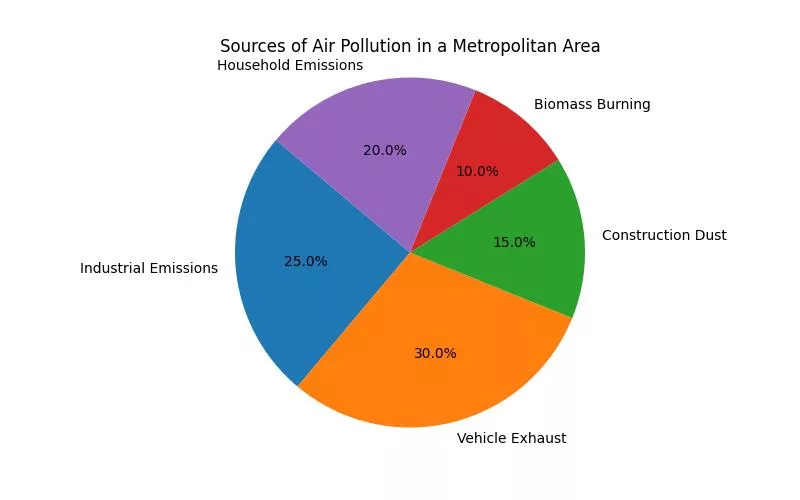
The raw data collected by sensors is like a treasure trove of information, but it needs to be deciphered. This is where data analytics comes in. Sophisticated algorithms and machine learning techniques are employed to process the data, identify patterns, and extract actionable insights.
Data analytics in real-time environmental monitoring goes beyond simple trend analysis. It can predict potential environmental incidents before they happen, allowing for preemptive measures. For example, predictive models can forecast air quality deterioration in urban areas, enabling authorities to issue warnings and implement pollution reduction measures in advance.
Insider Tip: “The future of environmental monitoring lies in predictive analytics. Being able to anticipate environmental issues before they occur can fundamentally change how we approach conservation and sustainability,” shares Alex Johnson, a data scientist specializing in environmental analytics.
Communication Networks: The Information Highway
The efficiency of real-time monitoring systems hinges on the robustness of their communication networks. Data collected by sensors must be transmitted, often over long distances, to data centers where it can be analyzed. This requires reliable communication technologies.
The Internet of Things (IoT) has played a transformative role in this aspect. IoT-based environmental monitoring systems leverage wireless networks to connect sensors across vast and remote areas, facilitating real-time data collection and analysis.
Insider Tip: “Leveraging IoT for environmental monitoring can dramatically increase the scale and scope of data collection, making it possible to monitor even the most remote and inaccessible areas,” remarks Emily Carter, an IoT solutions architect.
Real-world Applications of Real-time Environmental Monitoring
The applications of real-time environmental monitoring are as diverse as they are impactful. From urban air quality management to wildlife conservation, these systems are making a difference across the globe. Here are a couple of notable examples.
Urban Air Quality Management
In many cities around the world, air pollution poses a significant health risk. Real-time air quality monitoring systems provide city officials and the public with up-to-the-minute data on pollution levels. This information can inform policy decisions, like the implementation of vehicle restrictions, and help individuals make healthier choices, such as avoiding outdoor activities on high-pollution days.
Wildlife Conservation
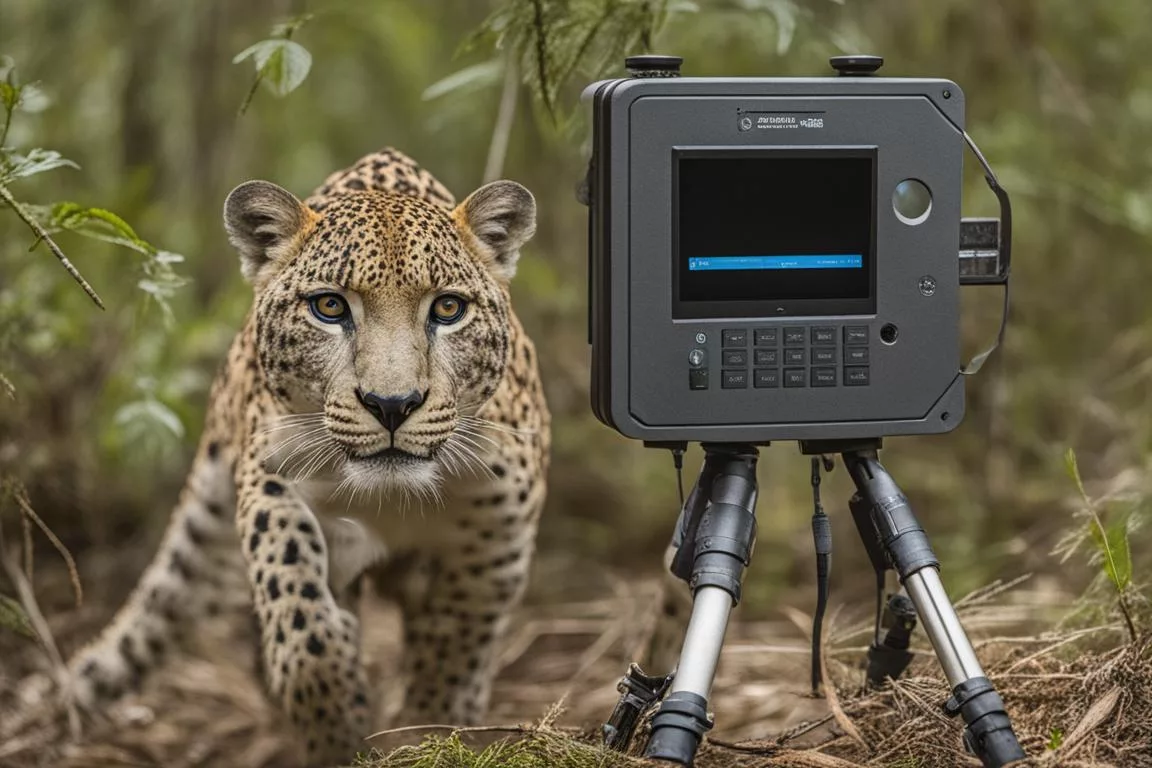
Real-time monitoring is also a boon for wildlife conservation efforts. Camera traps and acoustic sensors can monitor the presence and movements of endangered species in their natural habitats. This data helps conservationists protect these species more effectively, identifying threats in real time and implementing measures to mitigate them.
The Future of Real-time Environmental Monitoring
The future of real-time environmental monitoring lies in the integration of advanced technologies like artificial intelligence (AI) and satellite remote sensing. AI can enhance data analytics, making predictions more accurate and insights more profound. Satellite remote sensing, on the other hand, can extend the reach of monitoring systems to cover the entire globe.
As we continue to innovate and integrate new technologies into real-time environmental monitoring, the potential for positive impact on the planet is boundless. It’s an exciting time to be at the intersection of technology and environmental conservation, and the journey ahead promises to be both challenging and rewarding.
Conclusion
Real-time environmental monitoring systems represent a significant leap forward in our ability to understand and protect our planet. By providing immediate, accurate data on a wide range of environmental parameters, these systems empower us to make informed decisions and take timely action. From the technical components that make these systems work to their real-world applications, the impact of real-time environmental monitoring is profound and far-reaching.
As we look to the future, the integration of emerging technologies promises to further enhance the capabilities of these systems. The journey towards a more sustainable and resilient planet is a long one, but with real-time environmental monitoring, we have the tools we need to navigate it successfully. It’s a testament to human ingenuity and our commitment to preserving the only home we have.
Common Questions
What is a real-time environmental monitoring system?
It is a technology that continuously collects data on environmental factors like air quality or water levels.
Who can benefit from using real-time environmental monitoring systems?
Environmental agencies, industries, and communities can benefit from these systems.
How do real-time environmental monitoring systems work?
They use sensors to collect data, which is then transmitted and analyzed to provide real-time information.
What if I already have traditional monitoring systems in place?
Real-time systems offer instant data updates for quicker responses to environmental changes.
How accurate are real-time environmental monitoring systems?
These systems provide highly accurate and up-to-date data for informed decision-making.
What are the advantages of investing in real-time monitoring?
Real-time systems provide timely alerts for immediate actions, improving overall environmental management.
